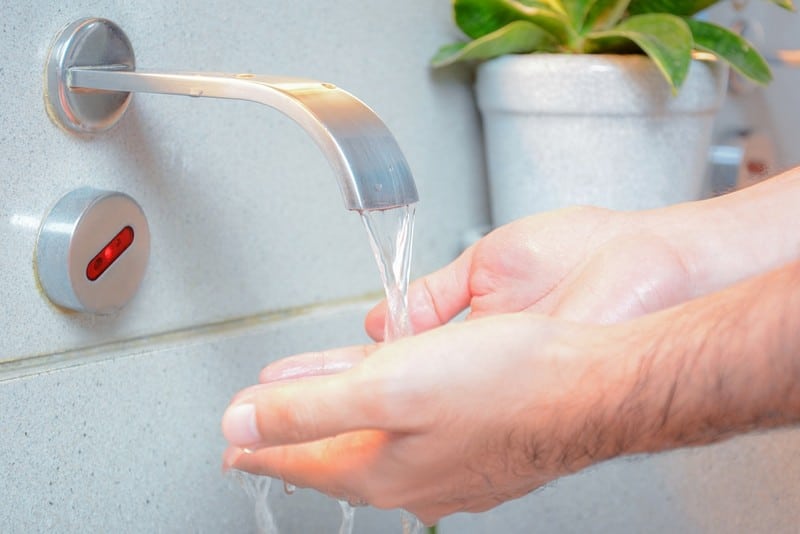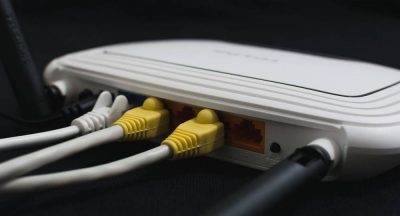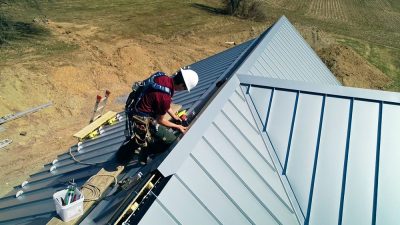
Today’s plumbing landscape bears little resemblance to the basic water delivery systems of just a few decades ago. Modern homes and businesses now require sophisticated water management solutions that seamlessly blend cutting-edge technology with environmental responsibility. This evolution has fundamentally changed how contractors, property managers, and homeowners approach water system design and installation.
The growing complexity of these systems has heightened the importance of sourcing quality materials and components. This transformation has opened new doors for professionals seeking reliable, cost-effective supply sources, with wholesale plumbing suppliers becoming essential partners in supporting everything from large-scale commercial installations to individual residential projects that demand premium components at competitive prices.
The Evolution of Plumbing: From Traditional to Smart Systems
The leap from basic water delivery to today’s integrated smart systems ranks among the most dramatic technological advances in home infrastructure. For decades, traditional plumbing remained largely static—a straightforward network of pipes and fixtures designed to move water from one point to another. The introduction of digital technology and automation, however, has completely transformed how we interact with and manage our water systems.
This evolution unfolded through several pivotal moments: the widespread adoption of indoor plumbing in the early 1900s, the development of efficient water heating systems, and now the emergence of Internet of Things (IoT) devices that monitor, control, and optimize water usage around the clock. Today’s smart plumbing systems feature an array of sensors, automated valves, and intelligent controllers capable of detecting leaks within minutes, adjusting water pressure based on real-time demand, and even predicting maintenance needs before problems surface.
The impact on efficiency and reliability has been remarkable. Smart sensors now identify potential issues—pipe corrosion, unusual pressure variations, or temperature fluctuations that signal system problems—long before they become visible. These early warning capabilities help prevent devastating water damage while reducing the need for emergency repairs, making them invaluable investments for both residential and commercial properties.
Key Trends in Modern Plumbing
Smart Technology Integration
IoT-based leak detection systems stand out as perhaps the most game-changing advancement in modern plumbing. These sophisticated devices continuously monitor water flow, pressure, and usage patterns, instantly alerting users when something seems amiss. Consider this real-world example: a homeowner recently avoided thousands of dollars in water damage when their smart leak detector identified a small pipe leak behind a bathroom wall within hours of its occurrence, enabling immediate repair before extensive damage could occur.
Touchless fixtures have surged in popularity, delivering both enhanced hygiene and superior water conservation. These systems rely on motion sensors or proximity detection to control water flow, eliminating physical contact while precisely managing usage. The most advanced models can even learn individual user preferences and adjust flow rates accordingly.
Remote diagnostics and predictive maintenance capabilities now allow property managers and homeowners to monitor their plumbing systems from virtually anywhere. These systems track water usage patterns, identify inefficiencies, and schedule maintenance before minor issues escalate into expensive repairs.
Sustainable and Eco-Friendly Solutions
Environmental consciousness has emerged as a powerful catalyst for plumbing innovation. Greywater recycling systems capture and treat water from sinks, showers, and washing machines, repurposing it for irrigation and toilet flushing. These systems can slash household water consumption by up to 40% while reducing the burden on municipal treatment facilities.
The shift toward sustainable materials in pipes and fixtures has gained considerable momentum. Today’s eco-friendly alternatives include recycled metal pipes, low-impact manufacturing processes, and fixtures engineered for durability and easy repair. These materials frequently outperform traditional options while minimizing environmental impact throughout their entire lifecycle.
Tankless water heaters and other energy-efficient appliances have become the norm in many new installations. Rather than maintaining a large reservoir of heated water, these systems heat water on demand, delivering substantial energy savings and reduced utility costs over time.
The Growing Importance of Reliable Supply Chains
The sophistication of modern plumbing systems has created unprecedented demand for quality plumbing components that meet rigorous performance and reliability standards. Both new installations and repair projects now require access to diverse ranges of specialized parts, from smart sensors to eco-friendly fixtures.
Contractors and DIY enthusiasts alike reap significant benefits from bulk purchasing opportunities and comprehensive product availability. A commercial contractor recently completed a large office renovation ahead of schedule and under budget by sourcing all necessary components from a single wholesale supplier, eliminating delays while ensuring seamless compatibility across all system components.
Supply chain reliability has become particularly critical as plumbing systems grow more sophisticated. Access to quality components when needed keeps projects on track and ensures systems deliver optimal performance throughout their intended lifespan.
Practical Considerations for Homeowners and Professionals
Choosing the right smart plumbing solutions demands careful evaluation of specific needs, budget constraints, and long-term objectives. Critical factors include:
- System compatibility: Ensuring new smart components integrate smoothly with existing plumbing infrastructure
- Scalability: Selecting solutions that can expand as requirements evolve
- Professional installation requirements: Understanding which components need licensed professional installation
- Maintenance accessibility: Choosing systems with readily available support and replacement parts
When evaluating eco-friendly plumbing products, weigh both immediate environmental benefits and long-term performance characteristics. While sustainable options may require higher upfront investment, they typically offer superior durability and lower operating costs over their lifespan.
Collaboration with licensed professionals remains crucial for complex installations and major system modifications. These experts understand local codes, proper installation techniques, and system optimization strategies that ensure peak performance and regulatory compliance.
Looking Ahead: The Future of Plumbing
The continued integration of AI and automation promises even more sophisticated water management capabilities. Future systems may incorporate machine learning algorithms that optimize water usage based on occupancy patterns, weather conditions, and individual preferences. These intelligent systems could automatically adjust throughout the day to maximize efficiency while maintaining comfort and convenience.
Ongoing advances in materials science and manufacturing techniques will likely deliver further water conservation and cost savings. New pipe materials, more efficient fixtures, and improved system designs will continue reducing both water consumption and energy requirements.
The ongoing need for education and adaptation among homeowners, contractors, and suppliers cannot be overlooked. As technology evolves at breakneck speed, staying current with new developments, best practices, and emerging standards becomes increasingly vital for all stakeholders in the plumbing industry.
Final Reflection
The transformation of plumbing systems through smart and sustainable solutions represents a fundamental shift toward more efficient, environmentally responsible, and user-friendly water management. These advances deliver significant benefits: reduced water waste, lower energy consumption, improved system reliability, and enhanced user convenience.
As these technologies continue maturing and becoming more accessible, staying informed about new developments and best practices grows increasingly valuable. Whether planning a new installation, upgrading existing systems, or simply maintaining current infrastructure, consulting with qualified professionals and reputable suppliers ensures access to the latest innovations and highest quality components.
The future of plumbing lies in the thoughtful integration of technology, sustainability, and practical functionality—creating systems that address both immediate needs and long-term environmental goals while providing reliable, efficient water management for years to come.








